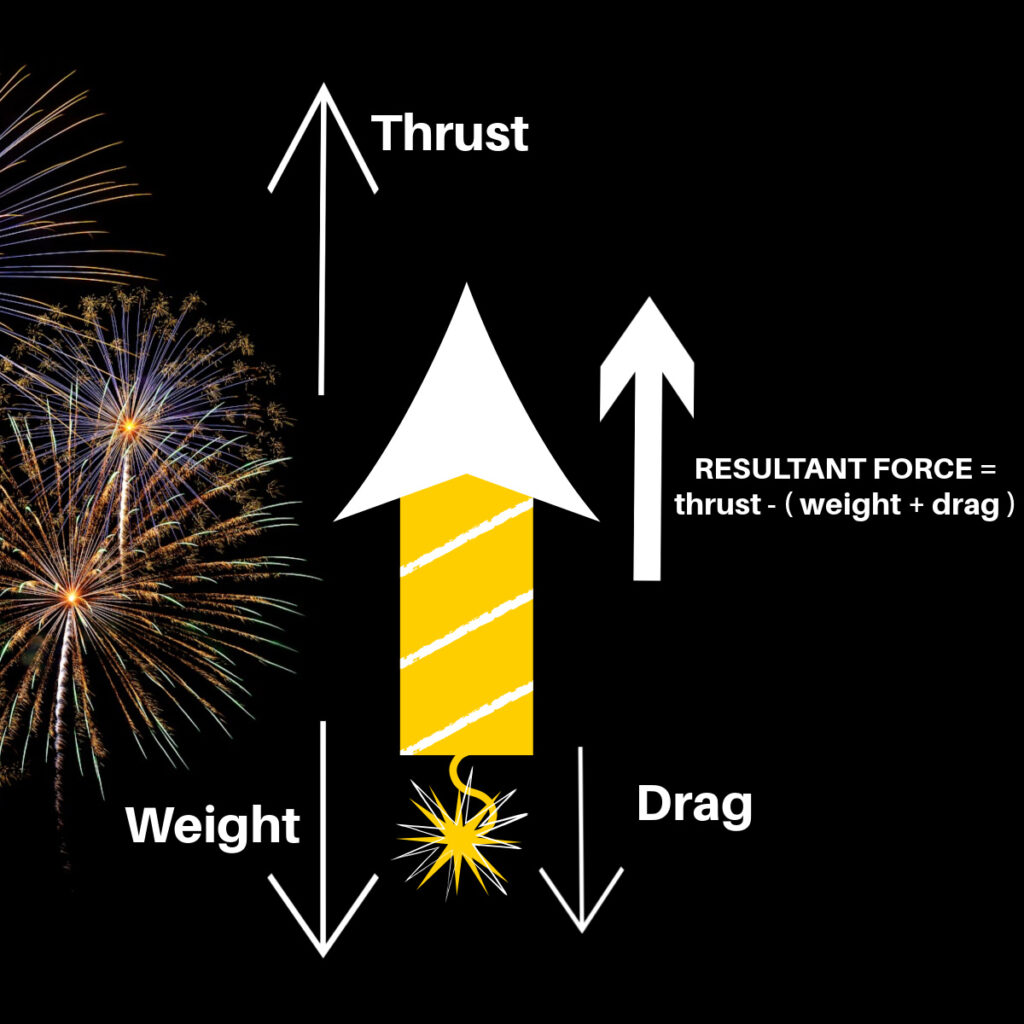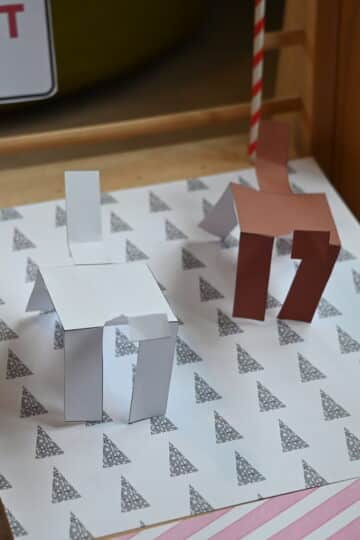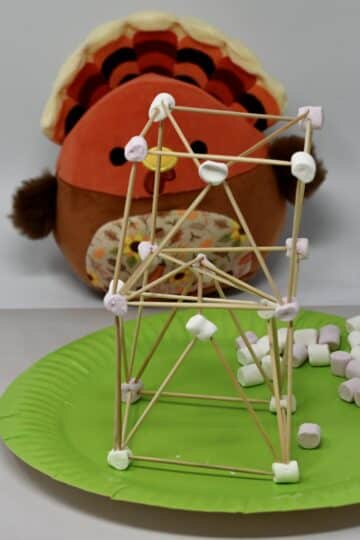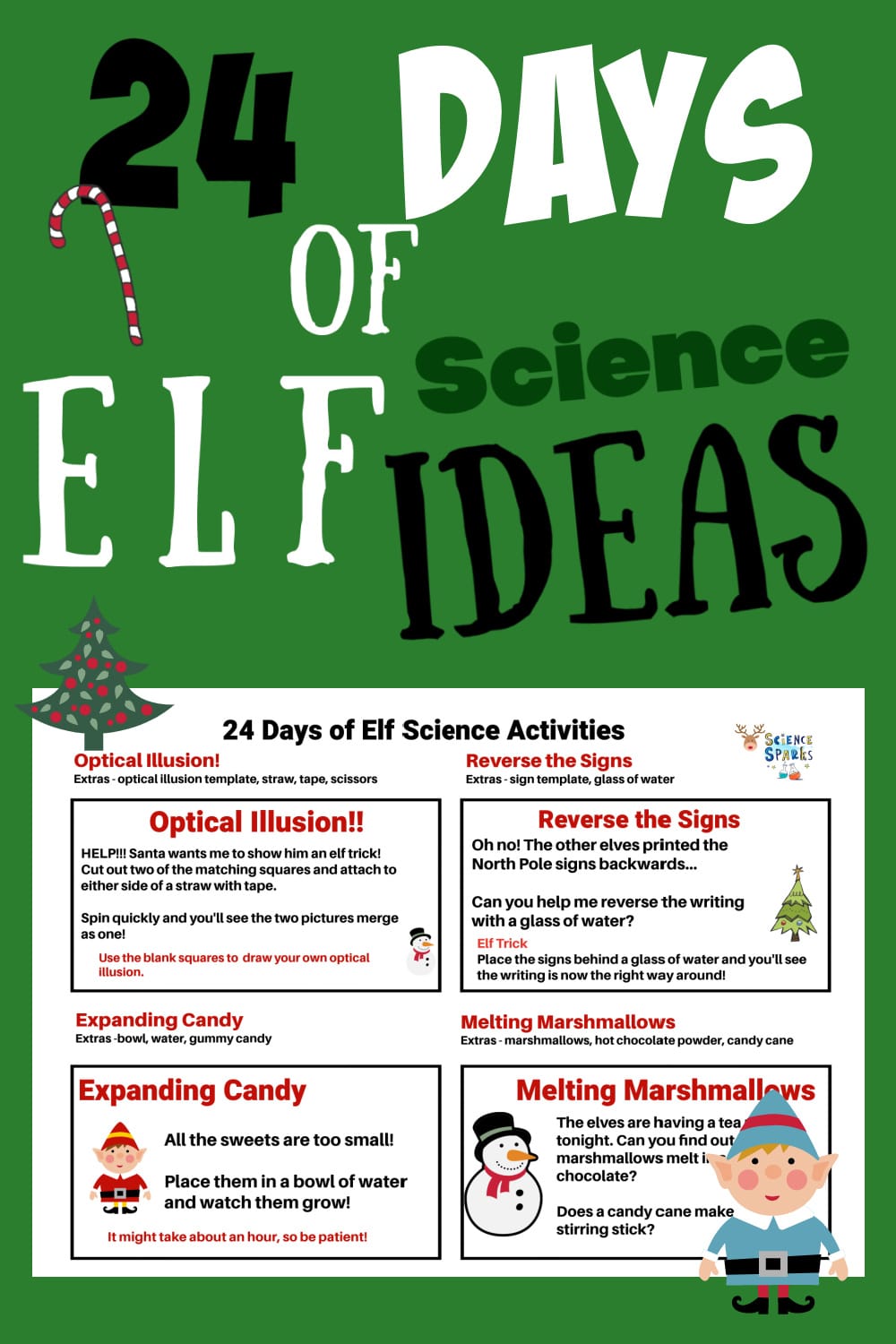Have you ever wondered how fireworks fly? The science behind the flight of a firework is the same as that of a rocket, and a fantastic demonstration of Newton's Third Law of Motion.
For every action there is an equal and opposite reaction.
Just like a rocket, a firework needs a force to overcome gravity. The force is provided by chemicals at the bottom of the firework. When the firework is lit, the chemicals combust, producing a large amount of hot gas inside the firework. The hot gas escapes downwards through a small hole at the bottom of the firework.
This strong downward force creates an equal and opposite upwards force, propelling the firework into the sky.
Diagram showing the forces acting on a firework

Which forces act on a firework?
Thrust (upward force ) - this is the upward force created by the expulsion of hot gas from the firework.
Weight ( downward force ) - this is the force of gravity pulling the firework down to Earth. Weight increases with the mass of the firework.
Drag ( downward force ) - this is the force of air resistance acting in the opposite direction to the motion of the rocket. Air resistance increases with speed.
Resultant Force - for a firework to fly upwards, the thrust must be greater than the weight and drag force together.
RESULTANT FORCE = thrust - ( weight + drag )
The forces acting on a firework change as it travels through the air. The weight decreases as the fuel is used. When the firework is at its maximum speed, the drag force is greatest. When the thrust has been used up, the resultant force becomes downwards as the firework slows down and starts to fall.
Science activities to demonstrate how fireworks fly
One of the easiest ways to demonstrate how fireworks fly and Newton's Third Law is to set up a rocket made from a film canister or a small effervescent vitamin tablet tube.
Adult supervision is needed for this activity.

Now you know how fireworks fly, discover the chemistry behind their colourful display.
Last Updated on November 6, 2025 by Emma Vanstone




Leave a Reply